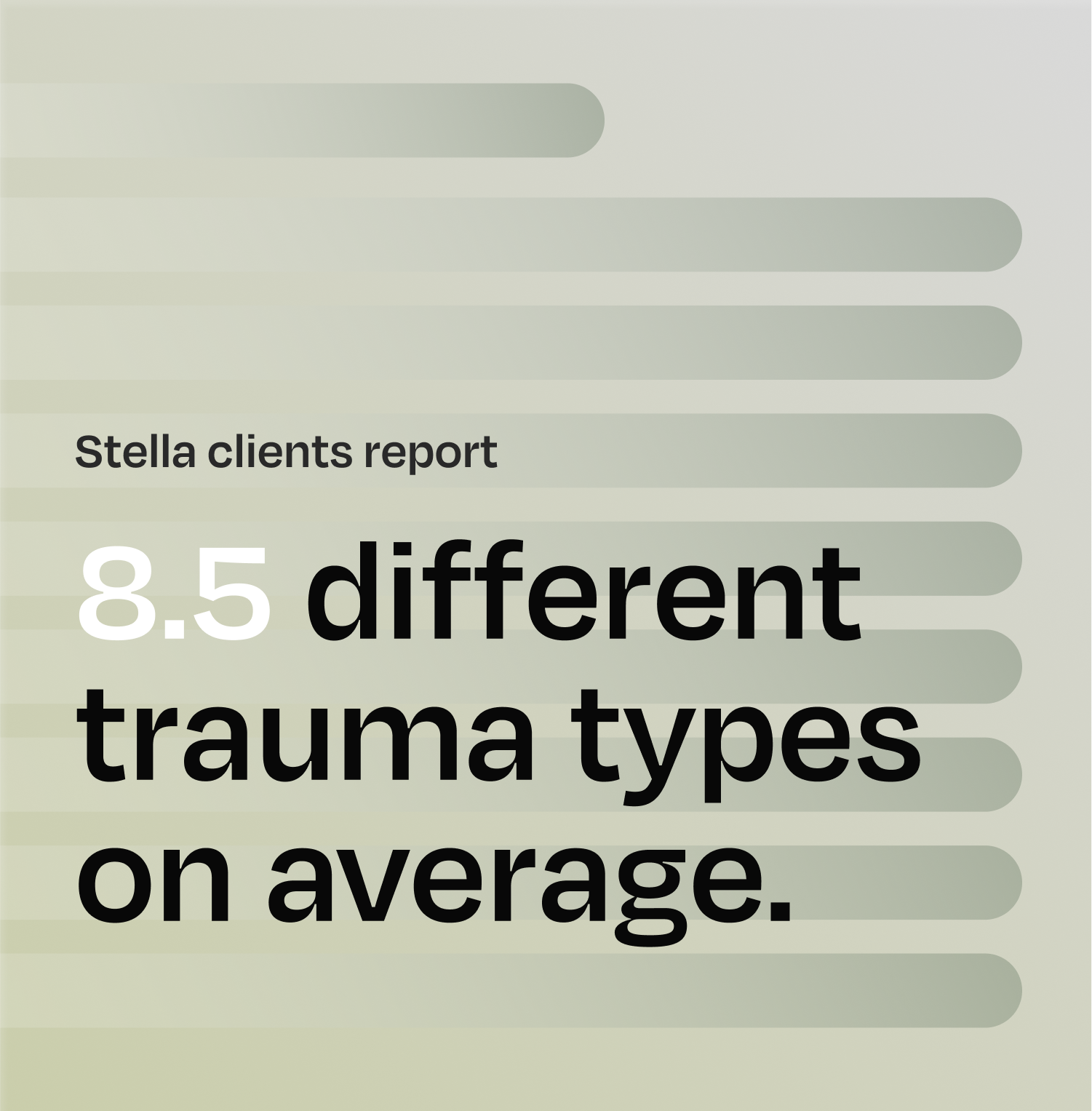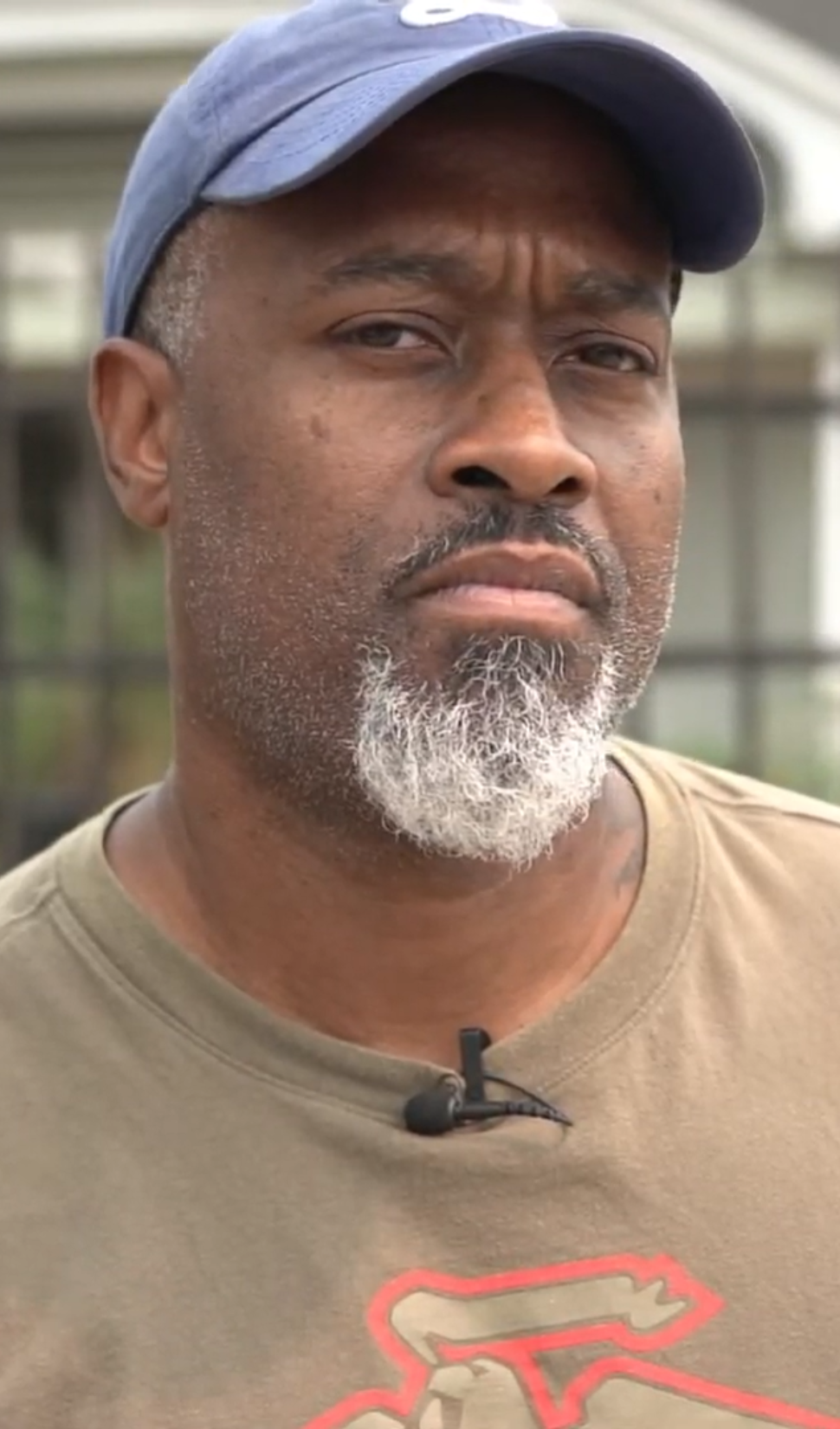
Alternative Treatment for PTSD
Mental trauma causes physiological changes to your brain. Our biological treatments help calm the sympathetic nervous system and relief symptoms of PTSD/PTSI.
What Is PTSD?
In psychology, Post-Traumatic Stress Disorder (PTSD) is defined as a response to experiencing traumatic or stressful events that create feelings of horror or helplessness. A neuroscience-informed view suggests that what has been called PTSD is in fact a biological injury that can be seen through brain scans.
Though PTSD is a common term mental healthcare professionals use, Stella and others have suggested a new term – Post Traumatic Stress Injury (PSTI) – instead of Post Traumatic Stress Disorder. By talking about Post-Traumatic Stress as an injury, we can reduce stigmas around healing.
At Stella, we have a range of proven treatments for the symptoms and conditions associated with trauma exposure. While many mental healthcare resources highlight the 17 most common PTSD symptoms, there are actually more.




















